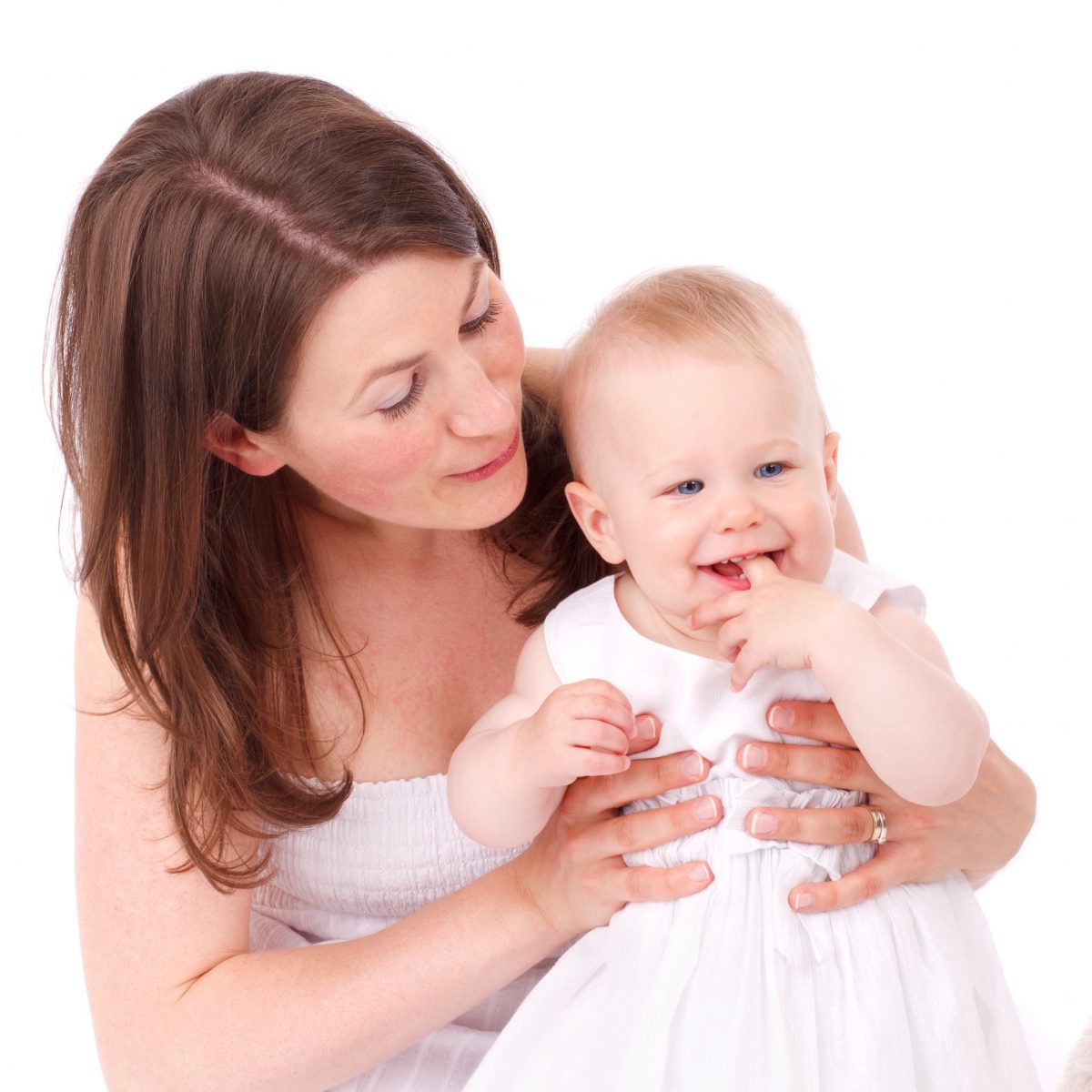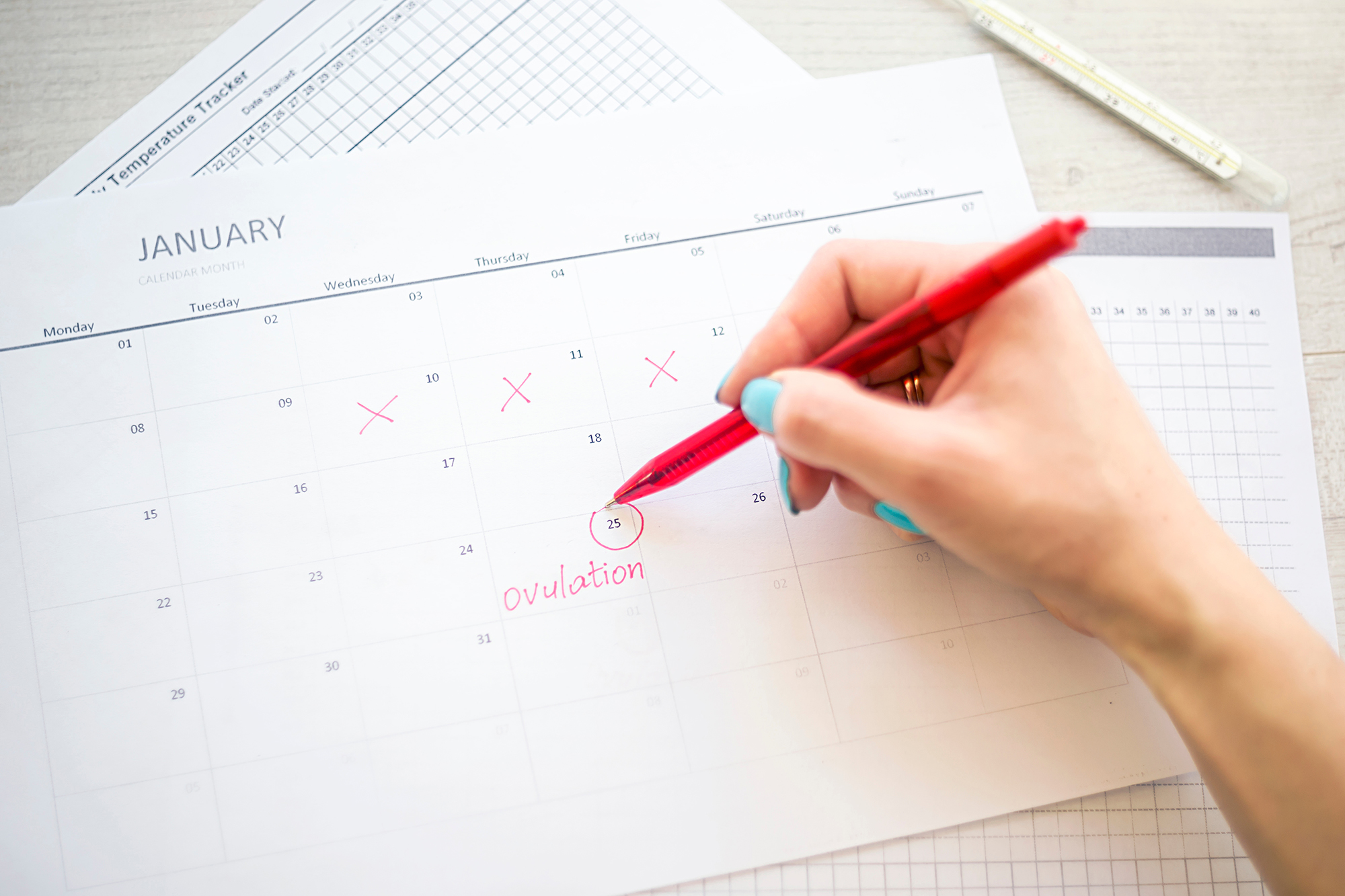Ovulation Signs – Determine Your Best Fertility Days

When You’re Trying to Determine Your Fertility Days You Start Charting Your Period Then Narrow It Down Using Ovulation Signs
That pregnancy you now desire so much starts with knowing when ovulation signs occur, so you can schedule intercourse for the fertility days for optimal chance at conception in any given month. The funny thing is, to find out when you do ovulate you start with a method that women have been using for cycle suppression for centuries.
Schedule A Consultation
The rhythm method is designed to tell when women are the most fertile so, depending on the desired outcome, it helps time intercourse. While it’s not the best cycle suppression method, only 80-87% effective for women with regular periods, it is a great way to determine your fertility days.
Becoming aware of ovulation signs involves charting your fertility cycle so you can identify the days when you do ovulate. The timing of your cycle is something you need to know, and your fertility center will want information on it, so it’s a good idea to start charting it 2-3 months before your first visit. You should start charting as soon as you start trying to get pregnant.
Charting your period
Many online charting programs give you a lot of timing information to choose from so this should be relatively easy to do. For the average woman with a 28-day cycle, the pregnancy window is 6 days. To identify that window, you follow a few basic steps:
- Chart your period, what day it starts, for a few months to get an idea of how long your cycle is.
- Once you have a few months charted subtract 18 days from the shortest cycle, for a 28-day cycle: 28 – 18 = 10. The 10th day of your cycle is the first day you are likely to get pregnant.
- Now subtract 11 from the length of your longest cycle, for a 30-day cycle 30 – 11 = 19. Day 19 of your cycle is the last day you are likely to get pregnant, your probable fertile days are days 10-19 of your cycle.
Track your body temperature
The 9-day window is a good indicator if you’re trying to avoid pregnancy but is longer than the average 6 fertility days most women have per month. So, you need to narrow the window to when you ovulate. One of the best ways to determine fertility days is to use a basal body temperature thermometer.
These thermometers are extremely sensitive so they can catch the rise in your body temperature, usually by one degree or less, that happens right after you ovulate. This is when women are most fertile. Your temperature will then stay higher until your period starts.
To get an accurate reading you need to take your temperature every morning before you get out of bed, even the act of getting up can make your body temperature fluctuate enough to throw off the reading. You are most likely to get pregnant if you have intercourse 2-3 days before your ovary releases an egg and 12-24 hours after. If your temperature has spiked for 3 days your window is closing for that month.
Cervical Mucous
Another ovulation sign is the consistency of the cervical mucous. It should be checked daily during your fertile window. As you approach ovulation your cervical mucus becomes clear and stretchy, it’s called egg white cervical mucus (EWCM) and is similar to the consistency of egg whites.
The key here is stretchy, when you pull the mucus with your finger and it stretches like crazy that means it’s ready to protect the sperm and help it swim up to meet the egg. The cervical mucus can help you narrow down when do you ovulate but can’t tell if you are ovulating.
Ovulation Prediction Kits
If you’re serious about getting pregnant you might want to use a more accurate test for ovulation signs. This is where the ovulation prediction kit comes in, it’s over-the-counter and can be purchased wherever you buy pregnancy tests, and it is just as easy to use too.
The test detects a surge in the production of luteinizing hormone (LH), which occurs roughly 36 hours before ovulation. You start peeing on the stick on the first day of the fertility window and continue doing so daily until you get a positive test.
These tests are 97% accurate in detecting LH and are easier than checking your temperature daily. The test only confirms the LH surge though, it doesn’t tell you whether you’re ovulated or not. It isn’t a foolproof way of finding out when you ovulate but gives a good idea.
While ovulation prediction kits are very accurate in determining when are women most fertile they don’t work well under some circumstances. You wouldn’t be able to use them when undergoing most fertility treatments because they do not function reliably when injectable fertility drugs, such as Personal, or the hormone HCG (e.g., Profasi) are in the system. They also aren’t very reliable for women over 40 because women nearing menopause have elevated levels of LH in their systems all the time.
So, When Do You Ovulate?
One of the first questions that needs to be answered is: when do you ovulate? This needs to be answered before you start trying to get pregnant on your own or any kind of fertility treatment can be started. You start by charting your menstrual cycle and then narrow down the fertility window to the few days each month when you are most fertile. This is done by a variety of methods including using a basal body temperature thermometer, checking cervical mucus, and utilizing an ovulation prediction kit.
Schedule A Consultation


